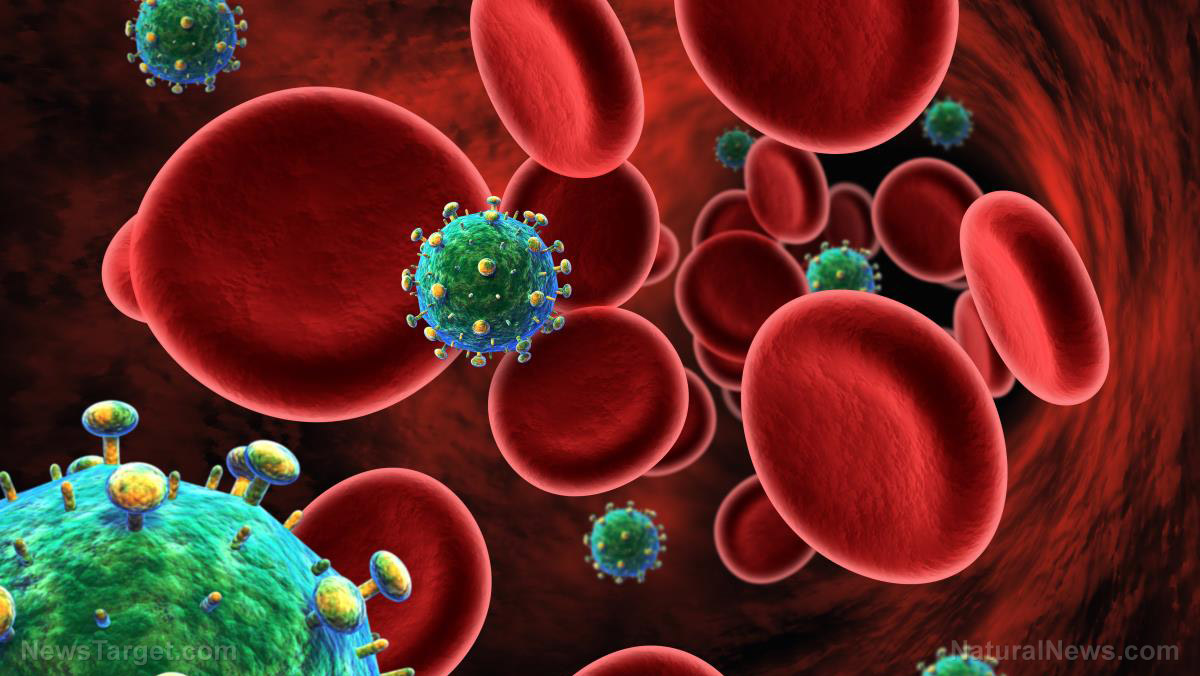Natural compound from the Pacific yew tree may be the next big thing in cancer treatments
02/20/2019 / By Cassie B.

Some people only believe in the pills their doctors give them. If you mention an herbal remedy, they’ll laugh it off and say they’ll stick to their prescriptions. That’s their right, of course, but it’s also a rather curious attitude to have when you consider the fact that many popular drugs were actually developed using plants.
Take the example of the Pacific yew. In 1964, USDA botanists were tasked with collecting parts of various plants to look for potential anti-cancer agents by the National Cancer Institute. After sorting through hundreds of species, one stood out: the Pacific yew.
The researchers discovered through testing that a cytotoxic compound could be found in a sample of Pacific yew collected by botanist Arthur Barclay. Researchers were then able to isolate a previously unknown compound capable of fighting cancer in a plant, which they named Taxol.
While Taxol showed a lot of promise, getting enough of it to make a difference proved a difficult task. The amounts of the substance that exist in the tree are so small that it takes more than two tons of yew bark to get just 10 grams of the pure compound.
Making matters worse was the fact that collecting so much bark from the trees killed them. They quickly realized that in order to collect the amount of Taxol needed from the tree’s bark to make a drug, they would essentially cause the species to go extinct, with more than 360,000 mature trees needed each year for production.
Scientist around the world got to work on finding ways to synthesize Taxol. Researchers from Phyton Biotech in New York eventually found a way to create it through cell fermentation, and the Taxol used today is made this way instead of getting it from the tree bark.

Clinical trials showed that Taxol led to improvement in people with ovarian cancer and melanoma. In some early tests, 30 percent of those with advanced ovarian cancer showed a positive response to treatment by the drug. Known in its drug form as paclitaxel, it gained FDA approval as a chemotherapy drug for treating breast cancer and ovarian cancer, and it’s widely considered one of the top plant-derived cancer treatments in use today.
Even more untapped potential could be waiting
However, there could be much more still to come from this powerful plant. Researchers are now looking at how they can expand its use for treating cancer. Clinical trials are currently underway to find out whether it could help those with Fallopian tube and peritoneal cancer as well as other stages of ovarian cancer.
It is also being studied to see how it can affect tumors in cancer of the thyroid, cervix, head and neck, esophagus, uterus, prostate and bladder.
It hasn’t all been smooth sailing for the drug. One recent study showed that some chemotherapy pills, including paclitaxel, could cause breast cancer cells to spread if given before surgery. It also causes a host of side effects, including nausea, hair loss, dizziness, chest pain, infertility, and vomiting. None of this has stopped it from becoming the top-selling cancer drug of all time, however, with yearly sales exceeding $1.6 billion.
While it’s not a perfect remedy, it does illustrate the incredible power of nature to heal. Trees that have existed in nature for thousands of years can help treat the diseases created by modern lifestyles, and that is pretty remarkable. The next time someone pokes fun at you for turning to natural medicine, you might want to share this story with them to remind them that one of the world’s best cancer drugs got its start from the bark of a tree.
Sources include:
Submit a correction >>
Tagged Under:
alternative medicine, anticancer, breast cancer, cancer treatment, natural cures, natural medicine, Ovarian Cancer, Pacific yew, paclitaxel, Taxol
This article may contain statements that reflect the opinion of the author




















